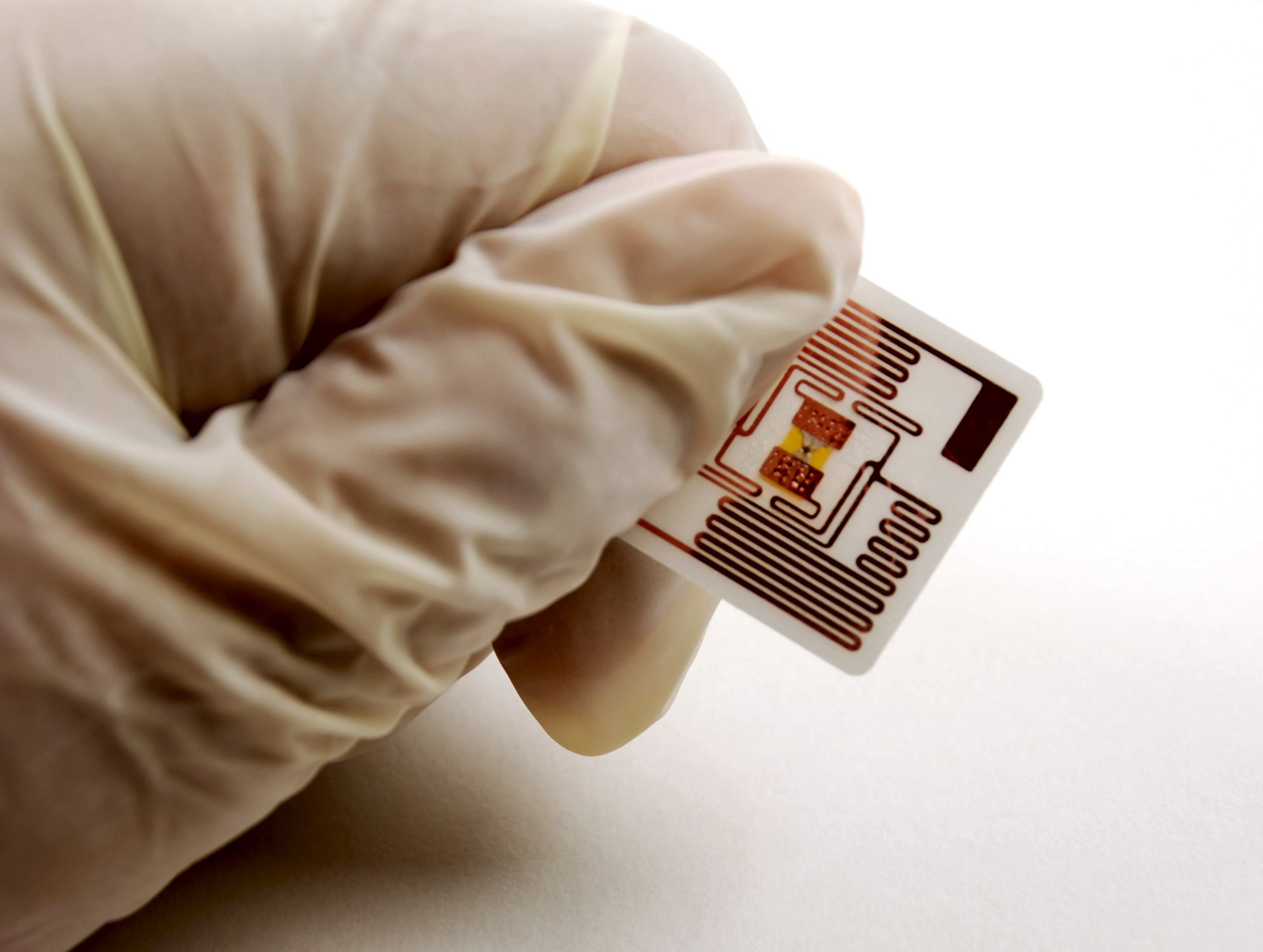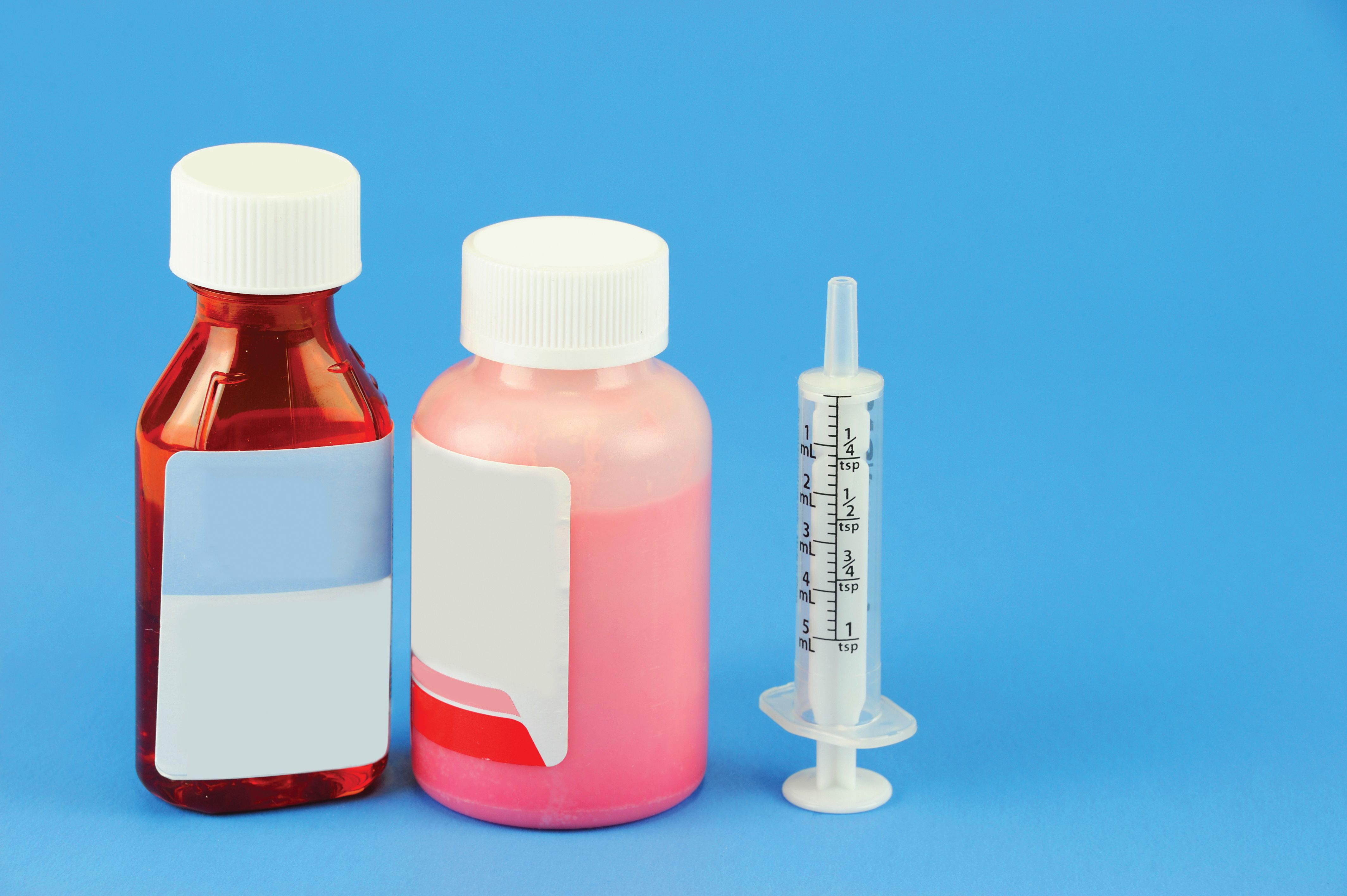News
Article
Equipment and Processing Report
Equipment and Processing Report
Are Disposable Components a Green Solution?
In light of the rising price of stainless steel components and facility construction, pharmaceutical companies are increasingly using disposable components and systems in their manufacturing processes.
In light of the rising price of stainless steel components and facility construction, pharmaceutical companies are increasingly using disposable components and systems in their manufacturing processes. Ahmad Shahidi, a senior technical consultant at Parsons (Pasadena, CA), notes that manufacturers can save as much as 25% in capital costs by using single-use systems. But in this era of dawning ecoconsciousness it has become important to ask whether disposable systems also bring environmental benefits.
Absolutely, Shahidi says. He notes that disposable components reduce the amount of liquid waste a pharmaceutical facility generates by as much as 70–90%. Most of the purified water in a typical pharmaceutical manufacturing facility is used for cleaning purposes, he explains, which then leaves the facility as waste that must be treated and cooled, as does the used cleaning solution. Because single-use components are presterilized, they eliminate the need for cleaning and sterilization, which, in turn, reduces the consumption of water, clean steam, and cleaning-solution, Shahidi notes. “That’s the tremendous advantage of single-use equipment,” he says.
Geoffrey Hodge, vice-president of process development and technology at Xcellerex (Marlborough, MA), raises a similar point. Using disposable components reduces the need for water for injection (WFI), he remarks, because manufacturers don’t need to produce clean steam to sterilize the products. “The opportunity to reduce water consumption … is one of the factors driving the interest in disposable components,” Hodge says.
Single-use systems can also lower the amount of clean, compressed air that facilities use. Cleaning-in-place systems represent a large proportion of compressed-air consumption, Shahidi observes. Operators blow residual cleaning solution out of their systems with compressed air. “Obviously, if you don’t perform cleaning, you don’t use that proportion of compressed air,” comments Shahidi.
Manufacturers also use compressed air during equipment sterilization. After equipment has been sterilized, it is hot and must be cooled. Operators use compressed air to break the vacuum and cool the equipment. But single-use systems don’t need to be sterilized in place. “Compressed-air consumption is reduced by, say 50–70%” when you use disposable components, Shahidi estimates.
On the other hand, using disposable components generates more solid waste. Processing this waste-typically by incineration-could have negative ramifications for the environment. “The effect of incineration on air quality must be balanced against the energy savings and the significant decrease in wastewater discharge that results from eliminating cleaning and sterilization operations,” Hodge says.
Although Shahidi agrees that the increase in solid waste generated by single-use components is a drawback, he argues that the increase is “marginal” compared with the “substantial decrease in the liquid waste generated.” In addition, Shahidi is quick to point out that “you can recycle the components easily,” which could lessen their environmental impact. In conclusion, disposable components do not have any significant drawback from an environmental standpoint, Shahidi asserts.
Single-use systems would not be enjoying their current high level of popularity if manufacturers believed that the products were more expensive than they were worth. A similar cost–benefit analysis could be used to assess whether disposable technologies are environmentally beneficial. If single-use systems promote a healthy environment, they protect human health. And human health is pharmaceutical companies’ main concern, after all.
Erik Greb is an assistant editor at Pharmaceutical Technology.
Newsletter
Get the essential updates shaping the future of pharma manufacturing and compliance—subscribe today to Pharmaceutical Technology and never miss a breakthrough.





